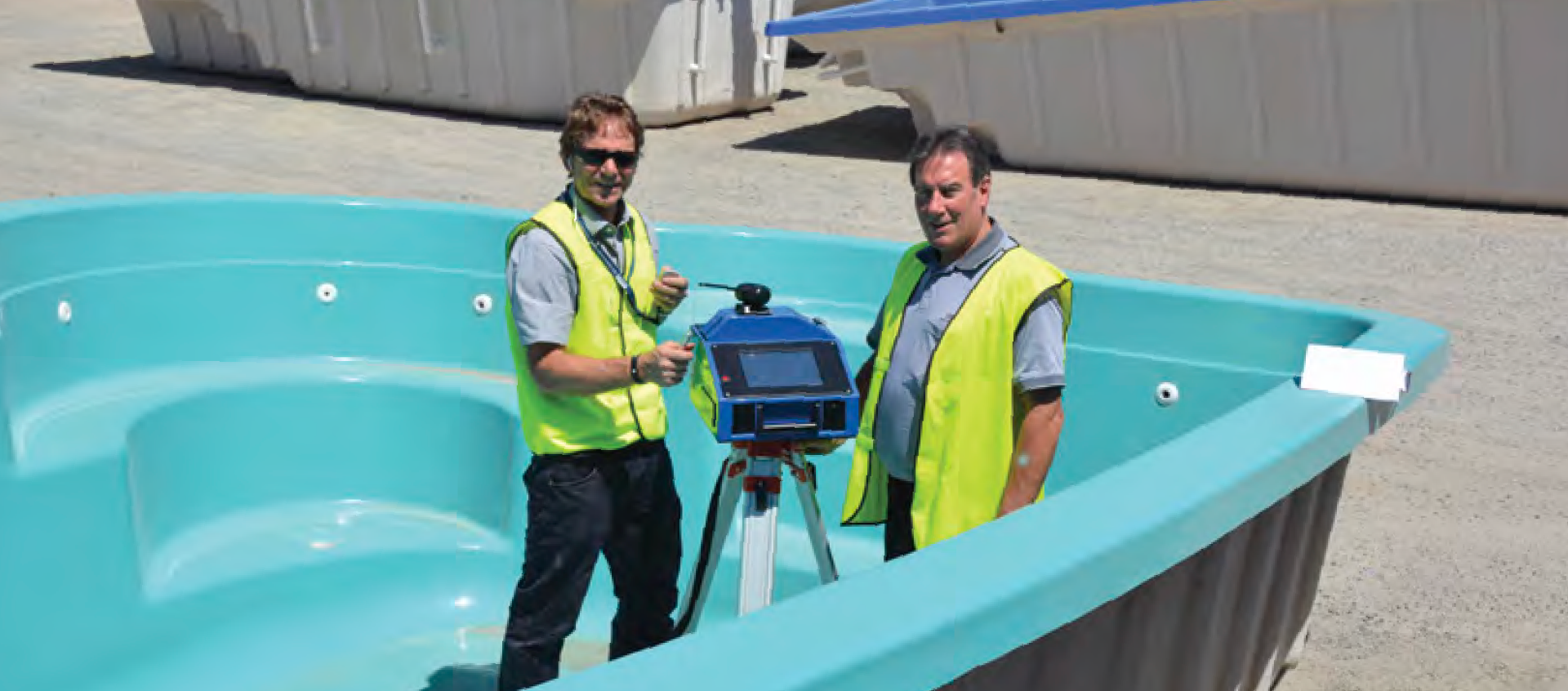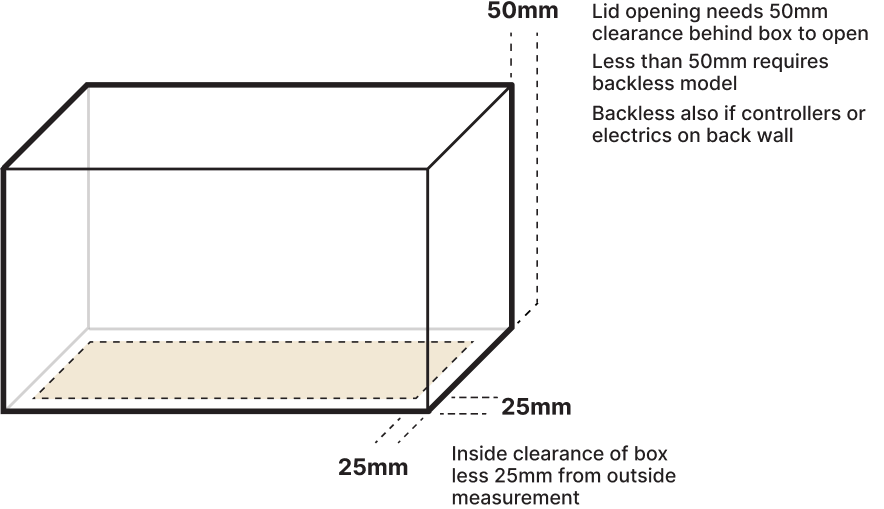De-lamination
Daisy solar pool covers consist of two layers of material laminated together. The bottom layer has the moulded bubble shape and is heat-laminated during manufacture to a flat top layer.
De-lamination refers to the two layers separating. This is very rare, but can occur in certain cases.
Material de-lamination caused by faulty manufacture would mean the two layers of material separate completely. This is so rare that since commencement of current manufacturing techniques there has not been one recorded instance.
De-lamination caused by overheating. If the pool cover is left on the roller without the white UV over-cover and exposed to full sunlight for even short periods of time – as little as 5 minutes when it’s very hot – overheating can occur. You will see evidence of this by the top of the bubbles becoming convex – or bulging out – rather than being flat.
In severe cases this can cause pockets of de-lamination. These look like big bubbles, eventually showing a pattern running across the width of the cover, approximately every 600mm.
The de-lamination will typically occur in “patches” at the end of the cover farthest from the roller when on the pool, and about 1-2 meters from the cover edge. In severe cases there will be de-lamination lines across the cover parallel to the roller. You will notice that when you wind the cover onto the roller that the de-lamination lines will line up on top of each other. This is because the sun’s rays hit the top of the roller and pass through the first few layers of pool cover.
The pool cover magnifies the sun’s rays as they pass through – generating enough energy to superheat sections of the cover to a similar temperature to that used to laminate the layers during manufacture. The air inside the bubbles gets extremely hot and expands creating enough pressure to “pop” open the top and bottom layers. De-lamination caused by overheating is not covered under warranty. The solar pool cover will continue to work effectively to warm the pool and prevent evaporation – but you will experience some loss of useful life.
When the pool cover eventually perishes, Daisy will cover the loss of lifespan under the warranty terms. De-lamination by overheating is totally preventable. Always ensure that as soon as you stow the pool cover on the roller, the protective UV over-cover is fitted immediately.

An awesome quality cover
Hi, I thought you might like some feedback on your pool covers! Our 400 micron Daisy is 7 years old and was going pretty strong – I honestly think it had one or maybe 2 years still left in it – that was until is was shredded in a very bad hail storm recently. The hail was larger than golf ball size and many rooves in our area were smashed so we are not surprised it was damaged. It was always kept on the pool unless we were swimming and it’s on a roller that is covered from the sun. Yes it was getting a bit brittle but in general for 7 years we have to say it was an awesome quality cover. Thanks Daisy! Let’s hope the new generation of pool covers are even better. Cheers
Michelle
Committed to Quality
Daisy Pool Covers only offer energy and water efficient products so our
customers can enjoy their pools for longer.








